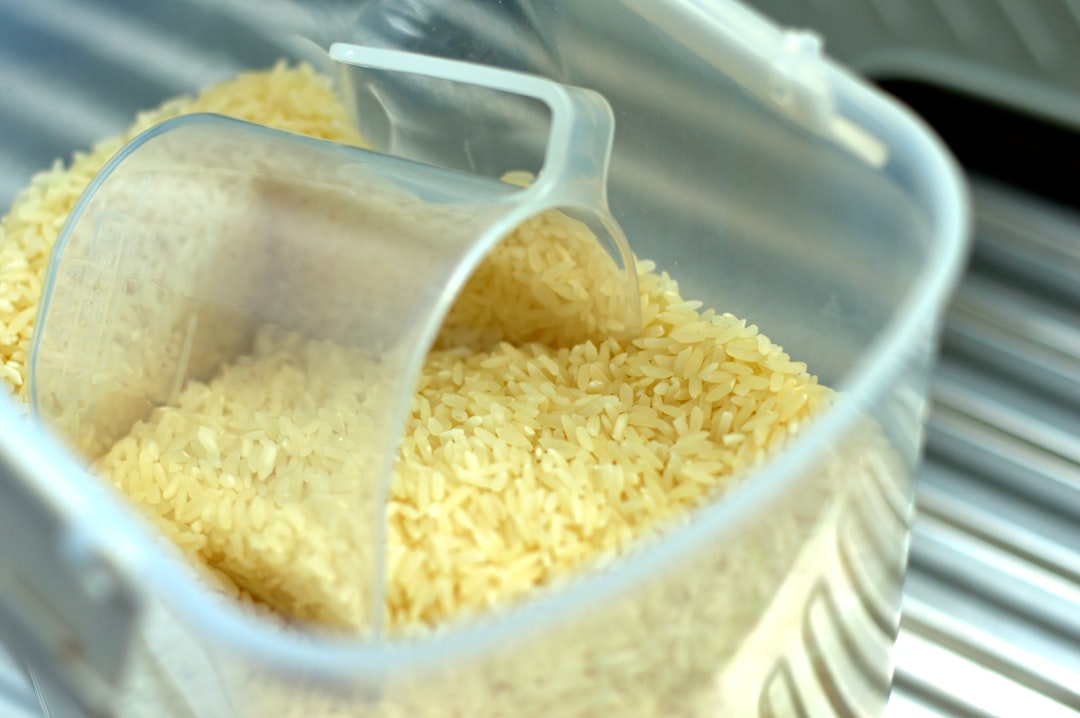What is it about?
Some agro-industrial wastes are currently untreated, resulting in an increase in greenhouse gas emissions. Therefore, in relation to the pollution generated by fossil fuels, the study of the obtained fuels from agro-industrial and forestry residues has been promoted. The objective of the present study is to conduct an exergoeconomic evaluation of the production of fuel from rice husks as agro-industrial waste by means of the slow and fast pyrolysis process.
Featured Image

Photo by Andhika Y. Wiguna on Unsplash
Why is it important?
The contribution of the present research is related to the rigorous kinetic model, in addition to its implementation in slow pyrolysis, involved in the exergoeconomic study of biomass pyrolysis processes.
Perspectives
This article emphasizes an enhancement in integrating exergoeconomic evaluations into biomass pyrolysis processes, contrasting with the conventional emphasis on process kinetics. The objective is to conduct a more precise analysis of energy losses vis-à-vis their costs, aiming to improve plant efficiencies using simulators. To accomplish this, it's imperative to optimize the process to minimize energy expenditures in the reactor, while also capitalizing on by-products to bolster the overall process efficiency.
David Alejandro Gomez Gonzalez
Universidad de America
Read the Original
This page is a summary of: Exergoeconomic evaluation of fuel production from rice husk residue through the pyrolysis process, Journal of Renewable and Sustainable Energy, January 2024, American Institute of Physics,
DOI: 10.1063/5.0173767.
You can read the full text:
Contributors
The following have contributed to this page










